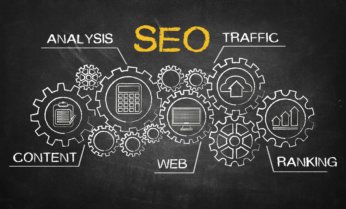Today’s Ask an SEO question comes from Taha in Chicago, who asks:
My question is on ecommerce SEO. Currently, I am working as an SEO Executive for an ecommerce brand. They have zero content on the site and their total backlink profile is around 1,000 links (which is nothing compared to competitors).
Which area should I focus on first in order to rank category pages? Should I go for the content and on-page optimizations or create backlinks to compete with my competitors’ profiles?
Taha, great question.
The short answer is: you should start with content and on-page optimization.
Now, let me give you the long answer, which applies to more than just the category pages you mentioned.
Start With On-Page SEO
Backlinks are important and we know they are part of the ranking algorithm.
However, you must have optimized content on the website so the search engines know what to rank your website for.
Below is a brief checklist on what to focus on in terms of on-page optimization before you start investing time in link building.
- Determine Your Keywords & Themes
If you haven’t already, spend some time identifying your keywords.
Go from broad to narrow as you create your list, but keep in mind that relevancy is the most important consideration.
Even as you identify broad terms, though, they should still be targeted and relevant to your categories and products.
Read more: Which Is Better For Ecommerce: On-Page SEO Or Link Building?






